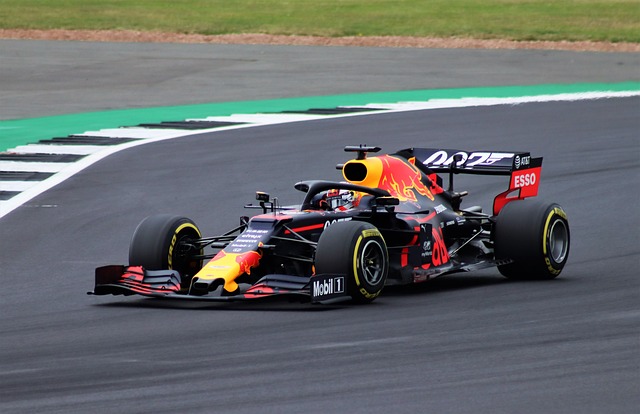Formula 1 racing is often hailed as the pinnacle of motorsport, a realm where speed meets precision in a dance of split-second decisions and physical endurance. A recent video on WIRED‘s YouTube channel delves into why the average human might find it nearly impossible to handle the challenges posed by driving an F1 car. Let’s unpack the key takeaways from this insightful exploration.
Reacting at the Speed of Light
The video starts by emphasizing the incredible reaction time demanded of F1 drivers. With an average reaction time of around 200 milliseconds, these drivers have a head start that can make a 10-meter difference in a race. To put this in perspective, the average person’s reaction time is almost double, ranging from 500 to 600 milliseconds. This small but critical difference can be a game-changer on the racetrack.
Navigating High-Speed Corners and G-Forces
As the lap around Silverstone Circuit unfolds, the narration delves into the challenges presented by high-speed corners. The physics of these corners subject drivers to intense G-forces, particularly when turning right. The equivalent of 40 kilos hitting the back of the head is a force that F1 drivers must resist, showcasing the strength and endurance required.

Neck Strength: A Crucial Element
The video highlights the importance of neck strength, a feature often underestimated. The neck muscles of F1 drivers, like Lewis Hamilton and Fernando Alonso, are notably larger, measuring 18 inches compared to the average man’s 15 inches. This strength is crucial to withstand the forces experienced during high-speed races, preventing serious injuries in the event of crashes.
Braking: A Herculean Task
Braking an F1 car is not a simple tap of the pedal. The extreme G-forces mean that drivers are essentially pushing against 100 kilograms (220 pounds) repeatedly. The analogy of pushing the weight of a baby elephant with one leg several hundred times over a race illustrates the immense leg strength required to handle the braking demands of an F1 car.
Inner Ear Balance and Tire Changes
Inner ear balance plays a role in signaling when tires have lost grip. The ability to sense this loss is crucial for timely pit stops. Younger drivers, less accustomed to physical steering wheels due to practicing on eSports platforms, might be less in tune with these cues compared to seasoned drivers like Lewis Hamilton.

Endurance and Heat Management
As the race progresses, the narrator emphasizes the impact of temperature on the driver’s body. With track temperatures reaching up to 50 degrees Celsius and various components operating at extreme temperatures, the physical toll is immense. Drivers can lose up to 5% of their body weight through sweating, making endurance and heat management critical components of F1 racing.
In the high-stakes world of Formula 1 racing, where every millisecond counts, the challenges extend beyond mere speed. The cognitive, physical, and mental demands placed on F1 drivers create a unique skill set that goes far beyond what the average person can comprehend. From lightning-fast reactions to resisting extreme G-forces and managing the physical toll of a race, F1 drivers embody a level of athleticism and skill that sets them apart.
FAQs:
- Can anyone become an F1 driver with enough training, or is there a specific natural aptitude required? The video suggests that while training plays a crucial role, there’s a unique set of cognitive and physical traits that F1 drivers possess, making it more than just a matter of training.
- Are there specific exercises mentioned for F1 drivers to enhance their reflexes? Yes, the video mentions exercises where drivers tap off as many lights as possible in 30 seconds to enhance their reflexes.
- How do F1 drivers sense the need to change tires during a race? F1 drivers use their inner ear balance, or vestibular function, to sense when their tires have lost grip, signaling the need for a tire change.
- Why is neck strength emphasized, and how is it trained for F1 drivers? Neck strength is crucial to withstand G-forces during high-speed races. Training involves exercises like using a neck harness to resist forces pulling the head.
- What is the significance of the extreme temperatures mentioned in the article, and how do F1 drivers manage them? The extreme temperatures, both in the cockpit and from components, challenge the driver’s endurance. Drivers manage this through conditioning, specialized suits, and heat-regulating techniques.





